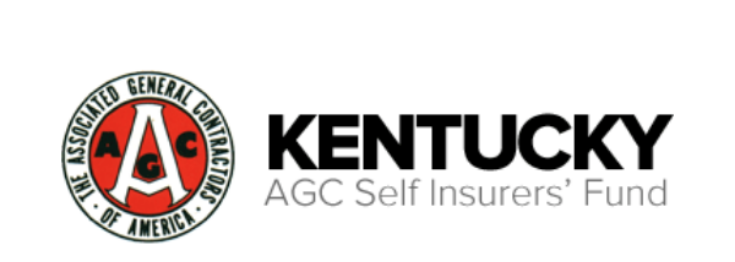Dividends
Rewarding Members
For the past 29 consecutive years, the Kentucky AGCSIF has rewarded over $200 million in dividends to its qualifying members.
What is a dividend?
By definition, a dividend is a share of surplus allocated to a policyholder in a participating insurance policy. Simply put, if the Fund takes in an excess amount of premium over liabilities for a given policy year, the excess premium may be distributed in the form of a dividend to those members who qualify. The Fund waits four (4) years to return a dividend for a given policy year. In doing so, the Fund can more accurately determine the level of liabilities in a given policy year. Once the liabilities have been accurately determined, the Board of Trustees reviews the feasibility of a dividend distribution.
Am I eligible?
In order to be “ELIGIBLE” for a dividend return, a member must meet the following criteria:
- must have been a Fund Member in the year for which the dividend is being paid and;
- must be a current member at the time in which the dividend payment is made and;
- must have had a loss ratio of less than 100% for the year for which the dividend is being paid and;
- must be current in all of their payment obligations to the Fund and to their Trade Association
When are dividends returned?
Historically, dividends have been paid in the month of March.
The Fund Approved Dividend Formula
Kentucky AGCSIF “DIVIDEND PLAN (FORMULA)”
- Determine the total amount of dividend to be paid.
- Determine employers that are eligible for a dividend:
- Must be current members (must be current in all of their obligations to the Fund and to the association to which they belong).
- Their premium exceeds their losses (paid and reserved) for the dividend year.
- Determine the sum of all eligible employers’ excesses (sum of each employer’s premiums minus their losses).
- Determine the DRF (Dividend Return Factor) by dividing #1 result by #3 result.
- Determine each member’s dividend by multiplying its excess by the DRF.
- Determine each member’s Funding Commission tax refund by multiplying the dividend by the appropriate Funding Commission tax rate (ex: 9%).
- Determine the total amount to be returned to each member by adding #5 and #6.Example:
Total Dividend to be paid = $8,500,000
Sum of all eligible employers’ excesses (premiums minus losses) = $15,000,000
DRF = 0.5667 (8,500,000/15,000,000)
Member’s excess = $5,000
Member’s dividend = $2,833.50 (0.5667 * $5,000)
Tax refund = $255.02 (assume 9% Funding Commission rate for dividend year)
Member’s total dividend refund = $3,088.52 ($2,833.50 + $255.02)
